Post traumatic stress disorder, or PTSD, can have both physical and mental health effects that alter one’s ability to live a peaceful life. Whether you are helping a family member coming home from combat, seeing a friend who has been struggling with painful memories, or you yourself have been living with the effects of past trauma, you are not alone and there is help.
What is PTSD?
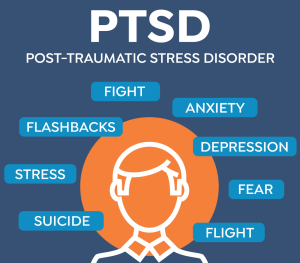 PTSD stands for post-traumatic stress disorder. It is a mental health disorder that can develop after experiencing or witnessing a life-threatening event. PTSD can develop immediately after the event or years later and the time frame for recovery can vary from months to years. Anyone can develop PTSD and it will happen completely out of control of the person afflicted. (National Center for PTSD) It is important to remember that living with PTSD is not your fault, and although there are actions you can take to help, there is not a one size fits all solution.
PTSD stands for post-traumatic stress disorder. It is a mental health disorder that can develop after experiencing or witnessing a life-threatening event. PTSD can develop immediately after the event or years later and the time frame for recovery can vary from months to years. Anyone can develop PTSD and it will happen completely out of control of the person afflicted. (National Center for PTSD) It is important to remember that living with PTSD is not your fault, and although there are actions you can take to help, there is not a one size fits all solution.
The American Psychiatric Association added PTSD to its manual of mental health disorders in the 1980s, bringing it to the public eye. But the concept – which was previously referred to as, shell shock, soldiers’ heart, combat fatigue and war neurosis – has been around for centuries, even being described in poems referencing flashback dreams of battle trauma by Hippocrates. Mental health issues surrounding trauma have always been prevalent and became a major issue in the military world during World War l. During World War ll, it is estimated that up to half of military discharges were PTSD related, according to the National Center for PTSD. (history.com)
The U.S. Senate recognized June 27th as National PTSD Awareness Day starting in 2010. Then in 2014, the entire month of June was declared National PTSD Awareness Month. (nationalday.com) Organizations supporting awareness and treatment for PTSD like The U.S. Department of Veterans Affairs, offer plenty of educational materials and links to help those suffering as well as advocates to help spread the knowledge.
Today, an estimated 7.7 million American adults are struggling with PTSD, according to the Anxiety and Depression Association of America. (history.com)
What does PTSD Look Like?
Living with PTSD can make a person feel uneasy, on-edge, scared and depressed. PTSD symptoms are typically categorized as the following: intrusive memories, avoidance, negative changes in thinking and mood, and changes in physical and emotional reactions. The symptoms of PTSD are unique to the individual and affect each person differently, but there are some side effects and common features that are worth considering when trying to understand what PTSD feels like.
Imagine you’re walking into an unfamiliar place, maybe you are with your family, maybe you are all alone. But you look around and see a blur of faces you cannot recognize. You start to sweat as your palms clam up and your muscles tense. Your steps are heavy and direct as you look for a space that is not so filled with people, a place you can hear yourself think. The intrusive thoughts of fear move in, even though there is no real threat or immediate danger. Maybe you didn’t sleep well last night, and you can’t help but think about the monster that followed you in your dreams. Your breath starts to quicken, and your mouth becomes dry, the only thing you feel is the heat of the sun beating down on your shoulders and back. A loud noise overtakes the crowd, and you shudder. This is what some describe PTSD can feel like on an otherwise normal day, but this disorder takes on many forms and shows through many different symptoms.
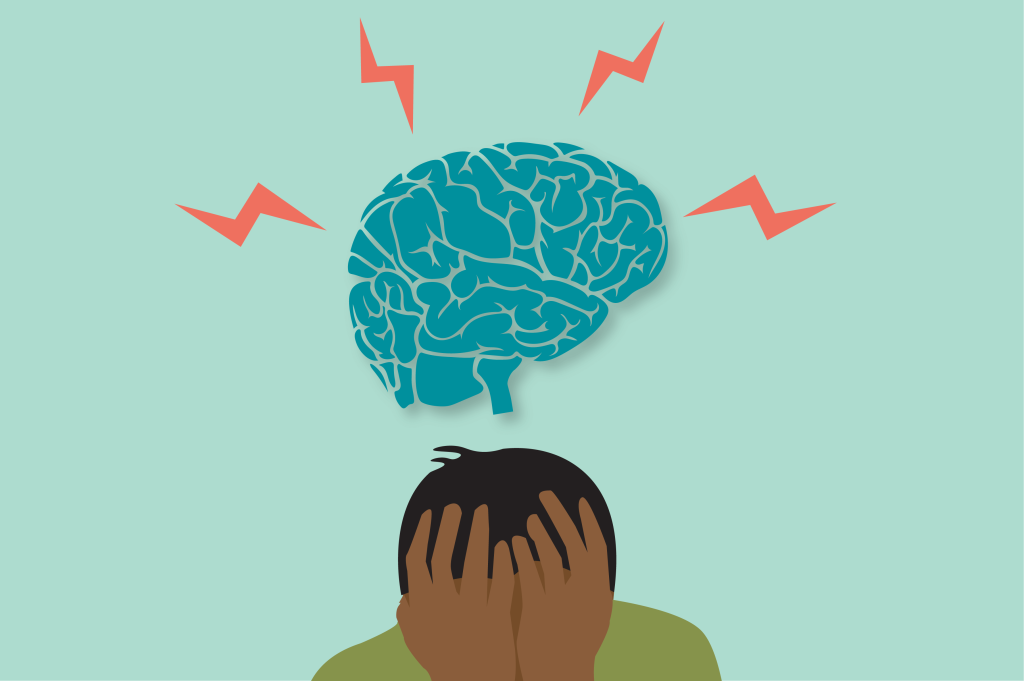
Here are some symptoms to watch out for:
- Reoccurring and distressing memories
- Flashbacks
- Nightmares
- Avoiding places, activities or people that remind you of the traumatic event
- Negative thoughts about yourself, other people, or the world
- Hopelessness about the future
- Memory problems, including not remembering important aspects of the traumatic event
- Difficulty maintaining close relationships
- Lack of interest in activities you once enjoyed
- Being easily startled or frightened
- Always being on guard for danger
- Self-destructive behavior (ex: drinking too much or driving too fast)
- Trouble sleeping
- Trouble concentrating
Symptoms can present differently based on the individual and their trauma. The best thing you can do if you are worried about PTSD is to reach out to a medical professional for help.
Strategies for Living with PTSD
Living with PTSD can be overwhelming and often leads to a desire for isolation. But with a few strategies, you can take meaningful steps towards finding peace and continuing to accomplish your goals, hopes, and dreams.
Mindfulness:
- Focus on breathing: Concentrate on counting your breathing, holding and releasing tension as you go.
- Remind yourself that you are safe: Whether this means a vocal reminder, a sticky note on the mirror, or holding an object that keeps you in the present moment, do what you need to, to remind yourself that you are safe now.
- Keep a diary: Writing down triggers, fears and emotions won’t make them disappear but will give you space and time to reflect on them. Sometimes just putting something on paper can help give you the confidence to have that feeling then move forward to the next.

Movement:
- Stretch: Find a space where you feel comfortable to move and stretch. Hold tension where you feel it for a couple seconds then release. Move around and shake out the bad feelings.
- Go outside for a walk: Whether it be around the block near your office or through the park on the weekend, getting out in the fresh air and moving your body can help you clear your mind and refocus on the present.
- Exercise: Never push your body past your abilities but if you can get your heart going and endorphins pumping, often you will feel better in the long run and sleep better that night.
Reaching out to Others:
- Talk to your doctor: This can be a great first step in diagnosing as well as finding further help.
- Find a therapist: Finding a therapist can be difficult, but having an experienced advocate for mental health issues surrounding PTSD can make the difference between surviving and thriving.
- Open up to friends or family: It can be extremely difficult to trust others after experiencing trauma, but you don’t have to tell all your fears to convey how you are feeling. Having someone to confide in can help you build back trust in the rest of the world as well as confidence in yourself.
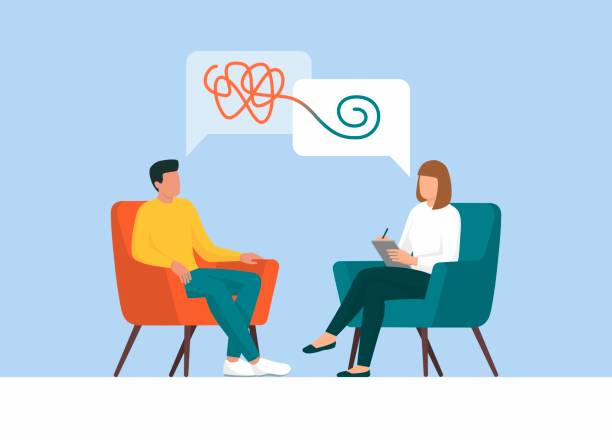
Always remember that there are resources, information and help out there. Sometimes, you just have to take the first step.
Further Resources
- National Suicide Prevention Lifeline: 1-800-273-TALK (1-800-273-8255)
- Veteran Crisis Hotline: 1-800-273- 8255 then press 1
- U.S. Department of Veterans Affair: https://www.ptsd.va.gov/understand/awareness/get_support.asp
- PTSD Self Screening: https://www.ptsd.va.gov/screen/
- Cost-free, barrier-free, stigma-free mental health treatment for our military community. https://getheadstrong.org/
- The Steven A. Cohen Military Family Clinic (Cohen Clinic) at Easterseals https://www.easterseals.com
Sources Used
- “Va.gov: Veterans Affairs.” Understand PTSD, 5 Apr. 2019, https://www.ptsd.va.gov/understand/awareness/understand_ptsd.asp.
- History.com Editors. “PTSD and Shell Shock.” History.com, A&E Television Networks, 2 Oct. 2017, https://www.history.com/topics/inventions/history-of-ptsd-and-shell-shock.
- “National PTSD Awareness Month – June, 2021.” National Today, 29 Sept. 2021, https://nationaltoday.com/national-ptsd-awareness-month/.
- “Post-Traumatic Stress Disorder (PTSD).” Mayo Clinic, Mayo Foundation for Medical Education and Research, 6 July 2018, https://www.mayoclinic.org/diseases-conditions/post-traumatic-stress-disorder/symptoms-causes/syc-20355967.
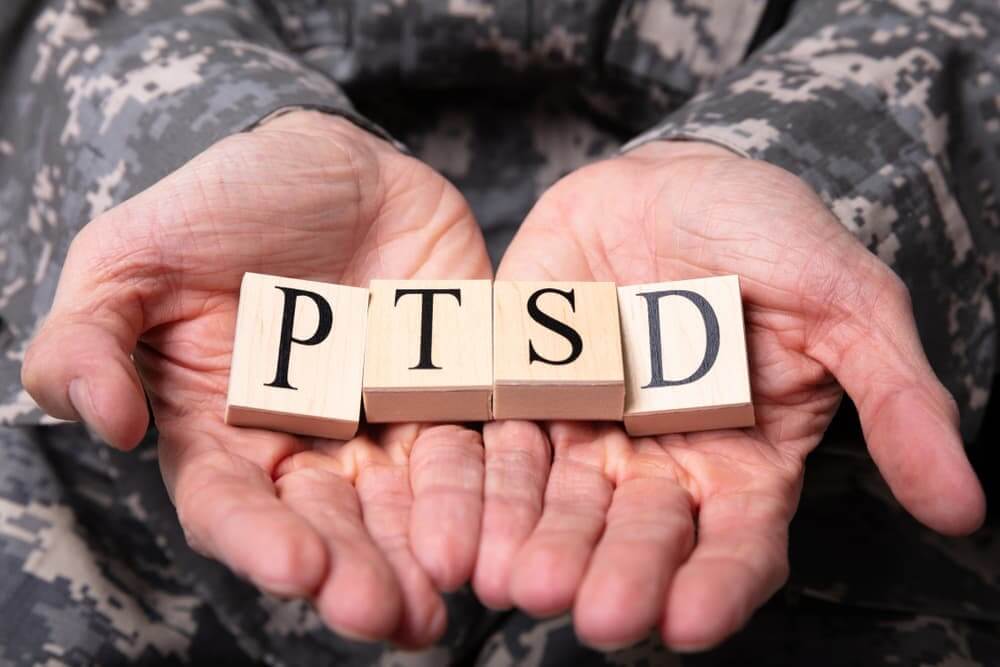
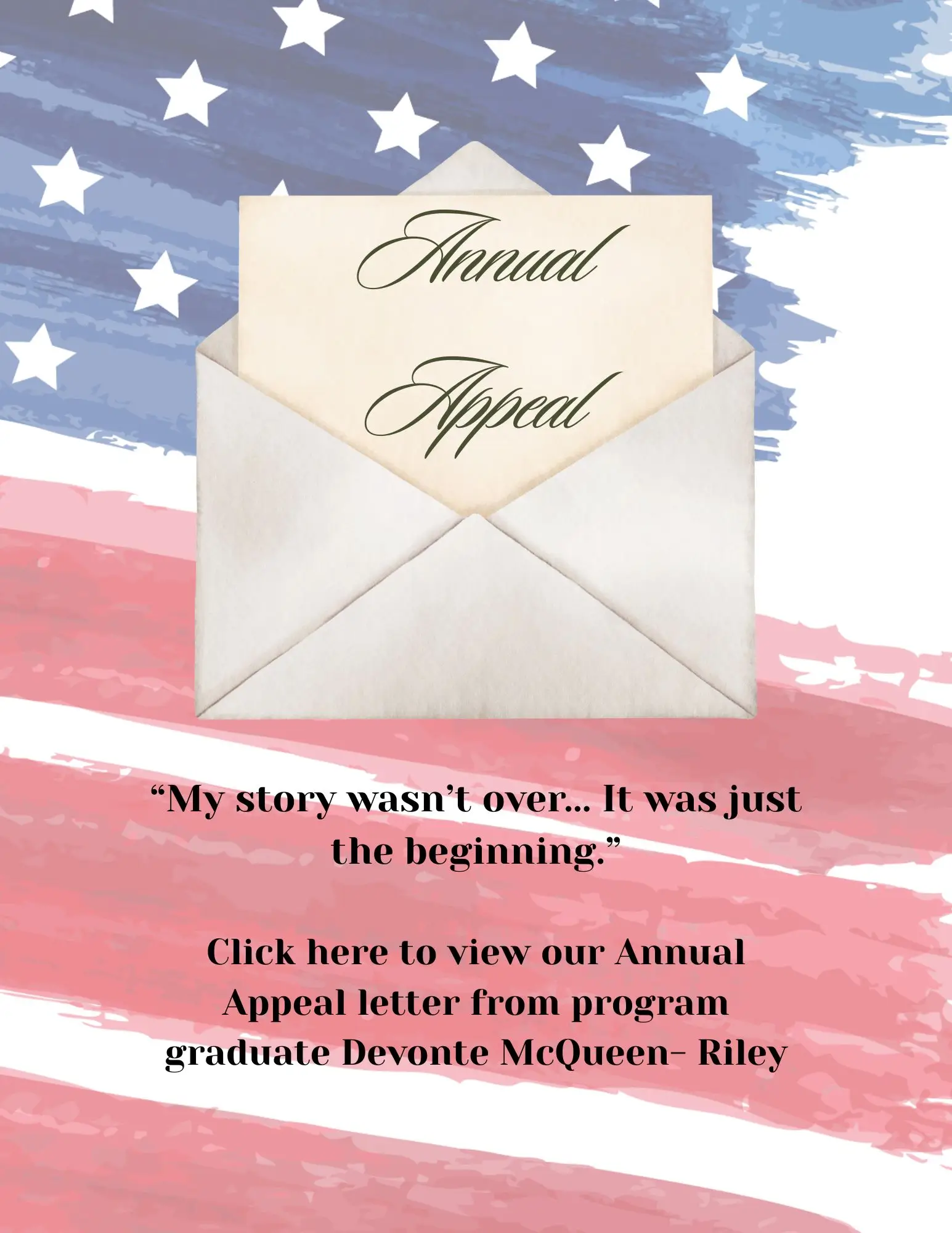
Leave A Comment
You must be logged in to post a comment.